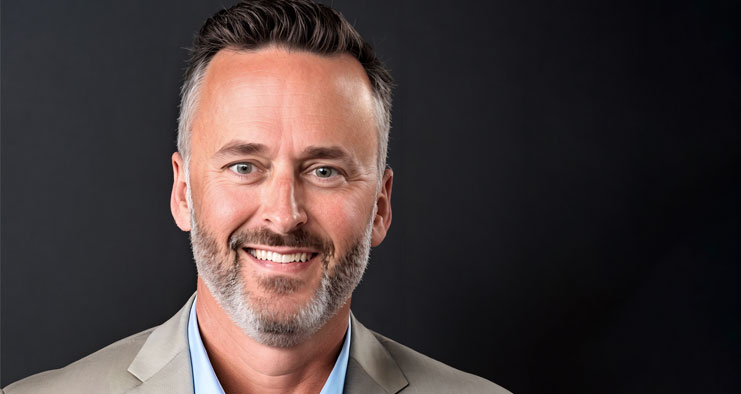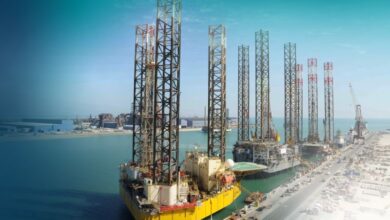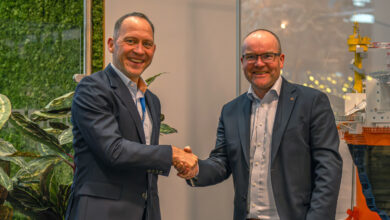To fully protect our people, mental health must be a safety essential

By Jason McFarland, IADC President
Often when I think about safety in this industry, my mind goes to the physical realm of safety – reducing incidents, increasing safe operations, using proper PPE, training our workforce, etc. But what about the dangers that are less obvious, the ones that we can’t necessarily see?
Awareness of the importance of mental health has been growing in recent years. Mental health challenges affect the majority of the global workforce. According to a McKinsey Health Institute survey across 15 countries, “60% of employees have experienced at least one mental health challenge in their lives. For leaders, that means the vast majority of their employees are directly or indirectly affected by mental health-related challenges.”
Mental health and physical safety are deeply interconnected, with each significantly impacting the other. While mental wellness is vital in its own right, it also plays a key role in how effectively workers can adhere to and implement physical safety protocols. Mental health issues don’t exist in isolation. When an individual is struggling, it can have a ripple effect on the whole team or crew, and can ultimately impact the company. According to a study by the International SOS Foundation, 40% of onshore and offshore remote rotational shift workers have experienced suicidal thoughts some or all of the time while on duty.
So, how do we help keep our workforce safe in all aspects, the physical and the emotional/mental? We all know the red zone on the rig floor is dangerous because it’s where the risk of injury is the highest. How do we help an employee whose mind feels like a red zone, like an unsafe place to be? Just as we have protocols for physical red zones, establishing mental health protocols can provide guidance when mental health challenges arise.
The strategies used to protect workers in physical red zones on the rig floor can serve as a blueprint for safeguarding mental and emotional wellbeing.
Training and awareness: Just as employees and managers need proper training and resources to recognize and navigate physical red zones, education on recognizing mental health red flags in themselves and others can benefit everyone.
Communication: While clear communication is vital on the rig floor, open dialogue about mental health is also important in the workplace.
Regular inspections and maintenance: Just as equipment and processes need regular checks and adjustments, mental health requires ongoing care, monitoring and check-ins.
Many IADC members are already involved in taking steps to help facilitate guidance and solutions for employee mental health and wellbeing. For example, the IADC Health Subcommittee under the Health, Safety, Environment and Training Committee recently published the IADC Mental Health at Work Handbook. The guideline helps managers implement effective mental health support programs in the workplace.
The IADC North Sea Chapter’s Mental Health in Energy initiative has been evolving over the past couple of years. The mission of this effort is “to challenge the status quo and actively support the energy industry in delivering a legacy of change in how mental health is viewed and managed across the workforce.” This initiative includes a 15-page white paper, an event featuring a panel discussion and interactive workshop, and a mental health charter establishing a shared framework for industrywide collaboration on mental health issues.
Our members are also taking a variety of approaches to support employee mental health and wellbeing within their own organizations. For example, Cactus Drilling focuses on creating a people-first work culture where employees know they’re going to be taken care of by their employer.
When asked about mental health, Kenny Baker, Director of Personnel Development at Cactus Drilling, explained, “I’m a big mental health guy; people don’t talk about it enough. With everything pulling the crew members and managers in different directions every day, our mental health needs to be a priority. Positivity and attitude can make a big difference – treat people with kindness and love, and show them that you’re there for them. Letting them know you care about them is the number one thing.”
Mr Baker also emphasized the important roles that leadership and work culture can play in employee mental health: “A good work environment is the best mental health deal you can have.
“When you’re on a 14-day rotation, you spend more time with the people at work than you do with anyone else. Our managers are encouraged to be honest and vulnerable about their own lives with the toolpushers so they’ll feel comfortable coming back to them when they’re going through something. We want them to know that if they’ve got something going on in their personal life, we’re really here for them.”
By prioritizing both mental and physical wellbeing, we can create a safer, more resilient workforce capable of meeting the unique challenges of this industry. The safety and wellbeing of our people — in body and mind — must always be our top priority. A mentally healthy workforce is not just good for our employees; it’s essential for the safety, productivity and sustainability of our entire industry. DC




